This story might ruffle a few feathers at Nissan. I’ve met some truly talented, dedicated people there, and I’m fortunate to count some of them as friends. However, an issue has plagued Nissan for over 15 years, and it’s one that many in the industry are hesitant to address. Automotive journalists, understandably, don’t want to jeopardize their relationships with manufacturers—access to press cars and launch events is valuable; in fact, most automotive journalists know that calling out the shortcomings of a manufacturer can come at a cost. While they may dutifully report on Nissan’s latest layoffs or the CEO’s recent pay cut, they rarely highlight the more profound issues: the uninspired products, the marketing campaigns that fall flat, and the cultural complacency that’s taken root within the brand.
Many of you may know me from this website or our weekly newsletter, but you might not know that I also run a creative marketing agency and consultancy that works with Global 500 companies. Our team has produced national ad campaigns, designed and built award-winning promotional vehicles, hosted major event activations, and developed products that have reached hundreds of thousands of people around the world. From this perspective—as a Nissan owner, an automotive enthusiast, and a long-time admirer of the brand—I’m sharing my thoughts on Nissan’s challenges and the path to getting back on track.
In the aftermath of Carlos Ghosn’s departure, Nissan has struggled to regain its footing, facing a series of challenges ranging from underwhelming products to ineffective marketing that fails to resonate with consumers. In recent years, Nissan has invested in flashy, high-profile endorsements and expensive licensing deals that ultimately miss the mark in driving sales. These efforts might have generated short-term buzz, but they’ve done little to engage or build long-term relationships with consumers. Additionally, I have noticed that there seems to be a corporate culture focused on personal accolades—where employees often seem more invested in their own industry recognition than the brand’s performance—which has compounded these challenges.
When the new Z was first announced, I emailed several of my contacts at Nissan with a concept about building a modern version of the “Safari Z” as a part of a long-term activation strategy that included taking it on some real adventures. I was told they wouldn’t be interested in the idea, only to see that exact concept appear at the next SEMA show. Rather than embracing the adventurous spirit that once defined Nissan, it was reduced to a novelty build that lacked soul; it made its few public appearances only to disappear. Perhaps it was parallel thinking, but regardless, the execution didn’t have the impact it could have. This is just one example of how Nissan lacks the vision to step out of the safe zone; like Marilyn Ferguson said, “Ultimately, we know deeply that the other side of every fear is a freedom.” Nissan seems to be afraid to be the bold, brash, and interesting company that had been in the past and it shows in everything from the product line to the marketing.
Over the last few years, their marketing that wasn’t bland or generic, often had political and social undertones that have caused controversy for the brand. Their Brie Larson ad for the Sentra garnered the most outrage, so much so that it has been memory-holed, with the videos being set to private and the press releases deleted from their media site. They have even had entire campaigns where celebrities are brought on to shame social media users for mispronouncing Ariya. It was an attempt at humor, but it came across as condescending and cringy. The brand has also dumped piles of money into Nissan Heisman House, which hasn’t moved the needle. I am sure that Nissan Altima road rage meme videos have generated more brand impressions than Heisman House.
This pattern has led to missed opportunities, declining sales, and an eroded brand identity that fails to connect with those who grew up admiring the brand’s iconic vehicles. Nissan was always innovative, adventurous, and a little quirky. They were a brand that understood that it needed to stand out and did so with products like the Pulsar NX, Xterra, and Cube. Their advertising used to be full of adventure, excitement, and freedom; that “win on Sunday, sell on Monday” attitude was first driven home in the 60s with Peter Brock and Mr. K, but that spirit seems to have left Nissan.

Nissan has also shifted a ton of focus to influencer marketing; however, looking at the demographics of many of the creators they have worked with, they might be waiting a few years for their fans to get their driver’s licenses. Looking at one of their recent campaigns with a YouTuber, I estimate cost them in the $250,000-$300,000 range. The campaign generated about 3.2 million views, plus several hundred thousand views on other platforms, so it’s not a bad cost per view, but the real question is… are 15-year-old boys buying $70,000 cars? Looking at the demographic information of the content creators following, that is mainly who they are reaching.
Instead of extolling the virtues of their products, telling compelling stories, and taking on their competitors head-on, the entire marketing strategy is based on paying to borrow the creditability of celebrities and influencers, which seems to be losing value daily. At the same time, Nissan has a relatively mundane mix of vehicles that, in many ways, compete with one another: many of their vehicles are roughly the same size and have the same features. With the Titan ending production, their only truck will be the Frontier, which, while it is one of my favorite trucks, faces a lot of tough competition. Couple this with the loss of their entire fleet division of vehicles, the NX vans, and Titan work trucks; there is much less for buyers to shop for at Nissan these days.

Solutions: Storytelling, Activations, and Product Realignment
There is a pathway for Nissan to return to its roots, rekindle consumer loyalty, and set a course for sustainable growth. Here are the actionable steps I would implement to regain Nissan’s presence in the market:
Embrace Authentic, Consumer-Centric Storytelling
Nissan’s best stories lie in its heritage and innovative spirit. Rather than relying on expensive celebrity partnerships or vague lifestyle branding, Nissan should craft narratives emphasizing authenticity and relevance to its core buyers. These stories should be framed through the lens of adventure, performance, and practicality.
Highlight Nissan’s Legacy: Revisit iconic models, such as the GT-R, Z-series, and Patrol, positioning them as aspirational touchpoints while aligning with today’s enthusiasts and younger audiences. By integrating consumer voices and stories of lifelong Nissan owners, they can create a brand narrative that is relatable and nostalgic.
Develop a Consistent Voice Across Channels: From social media to advertising, Nissan’s messaging should be cohesive, emphasizing a singular, authentic identity. Investing in a dedicated content team focused on storytelling would ensure that every piece of content speaks directly to the core Nissan audience and prospective buyers.
Create a Community: Nissan can further capitalize on social channels and in-person events to build a community around its products, promoting user-generated content and experiences. By highlighting user stories and creating meaningful engagement with the brand, Nissan can establish itself as more than just a car manufacturer—it can become a lifestyle brand rooted in shared experiences.
Launch Unique, Immersive Activations That Connect on a Deeper Level
Rather than settling for traditional dealership test drives or big trade shows, Nissan should consider smaller dynamic activations that reflect the thrill and reliability associated with its vehicles.
Experiential Test Drives in Key Markets: Nissan could create themed test-driving experiences for each model that highlight their distinct appeal. Imagine a “Datsun Reborn” activation where potential customers can test drive Z and GT-R models in nostalgic, race-inspired environments or family-oriented off-road Nissan Pathfinder events similar to Land Rover Experience centers. Remember, the US is more than just Los Angeles and New York City.
Exclusive Pop-Up Events: Nissan could launch branded pop-ups, allowing prospective buyers to experience the brand through unique, interactive experiences. These pop-ups could feature driving experiences, showcase custom builds, and offer limited-edition Nissan merchandise.
Strategic Partnerships for Lifestyle Appeal: Partnering with key boutique lifestyle brands that resonate with Nissan’s demographic (such as adventure brands for SUVs and athletic brands for cars) would also help build lifestyle appeal in ways that feel organic and aligned with customer values.
Refocus the Product Line to Meet Market Demand
An essential component of Nissan’s strategy must include product innovation that is aligned with consumer needs. Too many Nissan vehicles today feel generic and lack the features, style, or performance to stand out in the crowded market, and everyone hates the CVT.
Streamline and Differentiate Models: Instead of spreading resources thinly across an overly broad lineup, Nissan should focus on fewer models, each with a clear purpose and unique identity. The emphasis should be on creating best-in-class options within each segment—performance, practicality, or capabilities.
Return to Performance and Adventure Roots: With the increasingly competitive EV landscape, Nissan should enhance its edge in performance-focused EVs and hybrids. It is expanding the Leaf brand into an overarching brand that covers Hybrids and EVs. Simultaneously, embracing a robust off-road package for the Armada and Frontier could capture a growing interest in rugged, adventure-ready vehicles.
Innovation-Driven Design and Functionality: Nissan’s new models should prioritize high-quality interiors, intuitive tech, and standout aesthetics. Working with high-end audio brands or tech firms on exclusive features would create buzz and appeal to urban professionals and younger audiences who prioritize seamless integration.

Nissan has the heritage, resources, and consumer base to stage a remarkable comeback. But it must be willing to leap from tired marketing strategies and diluted product lines to a reinvigorated brand with sharp storytelling, immersive activations, and a redefined product strategy. By realigning its corporate culture with these objectives, Nissan can be driven toward a future defined by purpose, excitement, and connection with its core consumers.

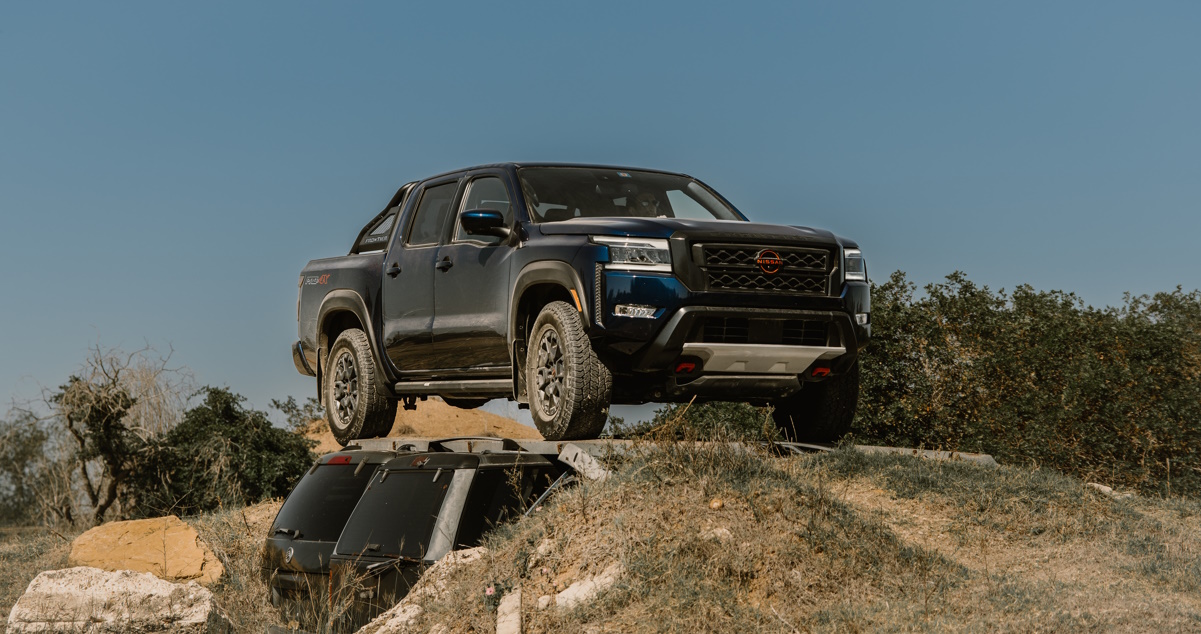
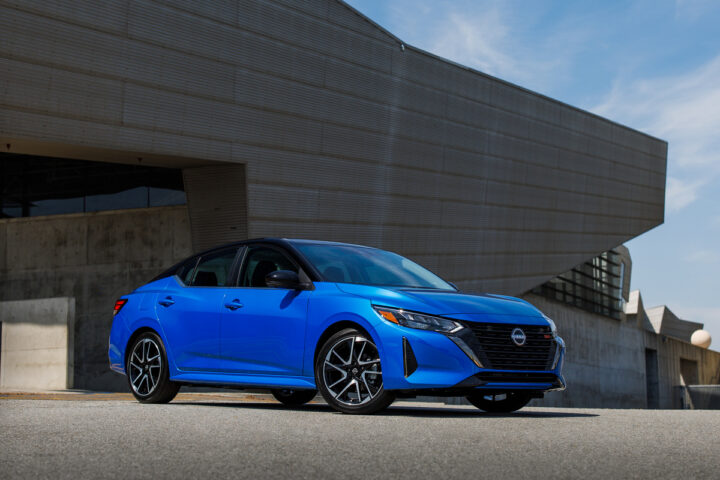




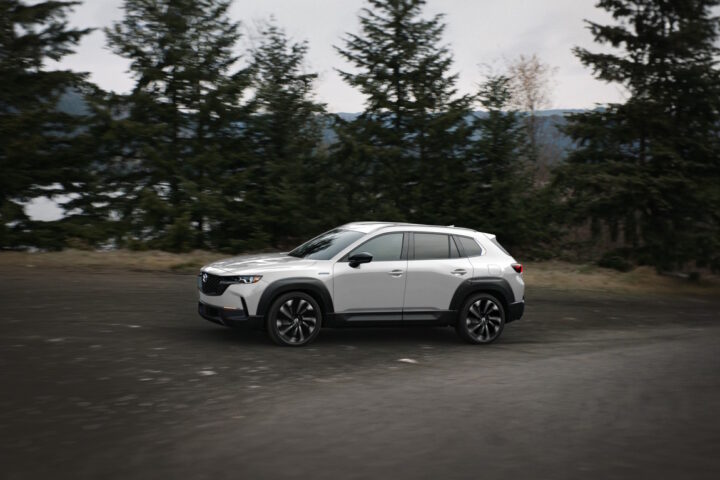

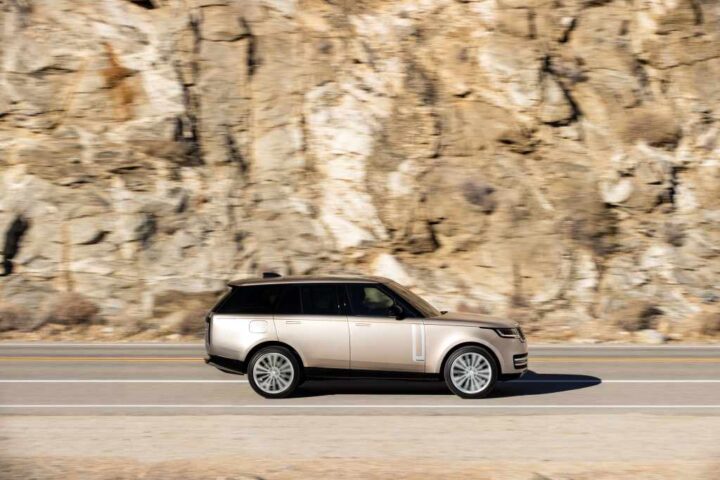
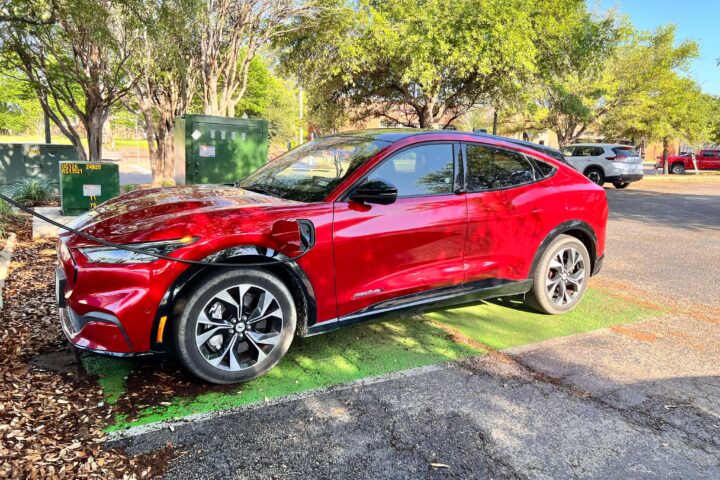
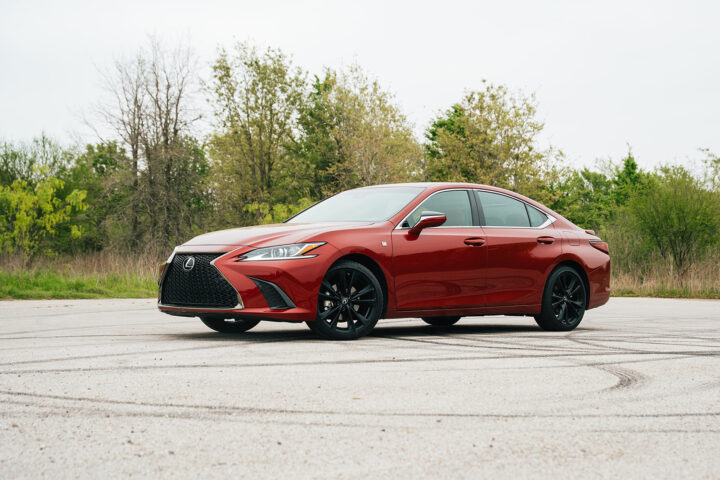
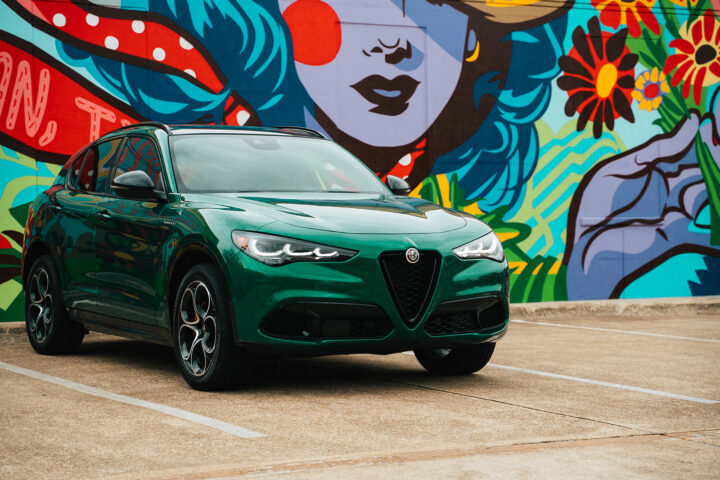





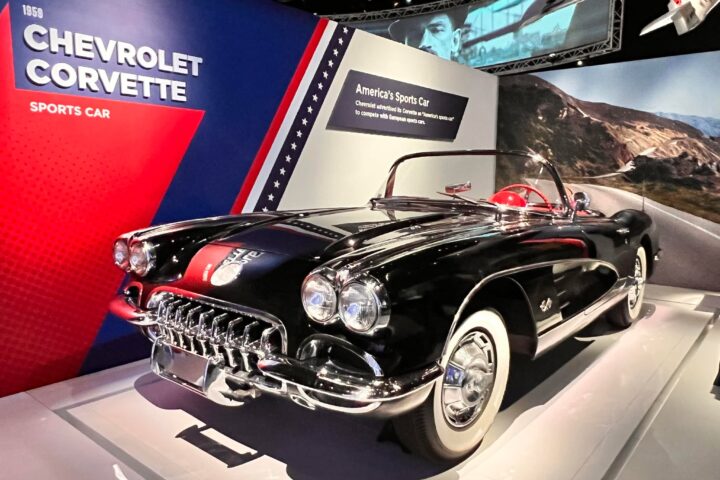
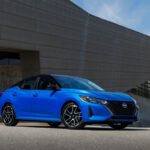

Sadly I think Nissan is cooked, they are going to need a complete shake up if they hope to make a comeback.